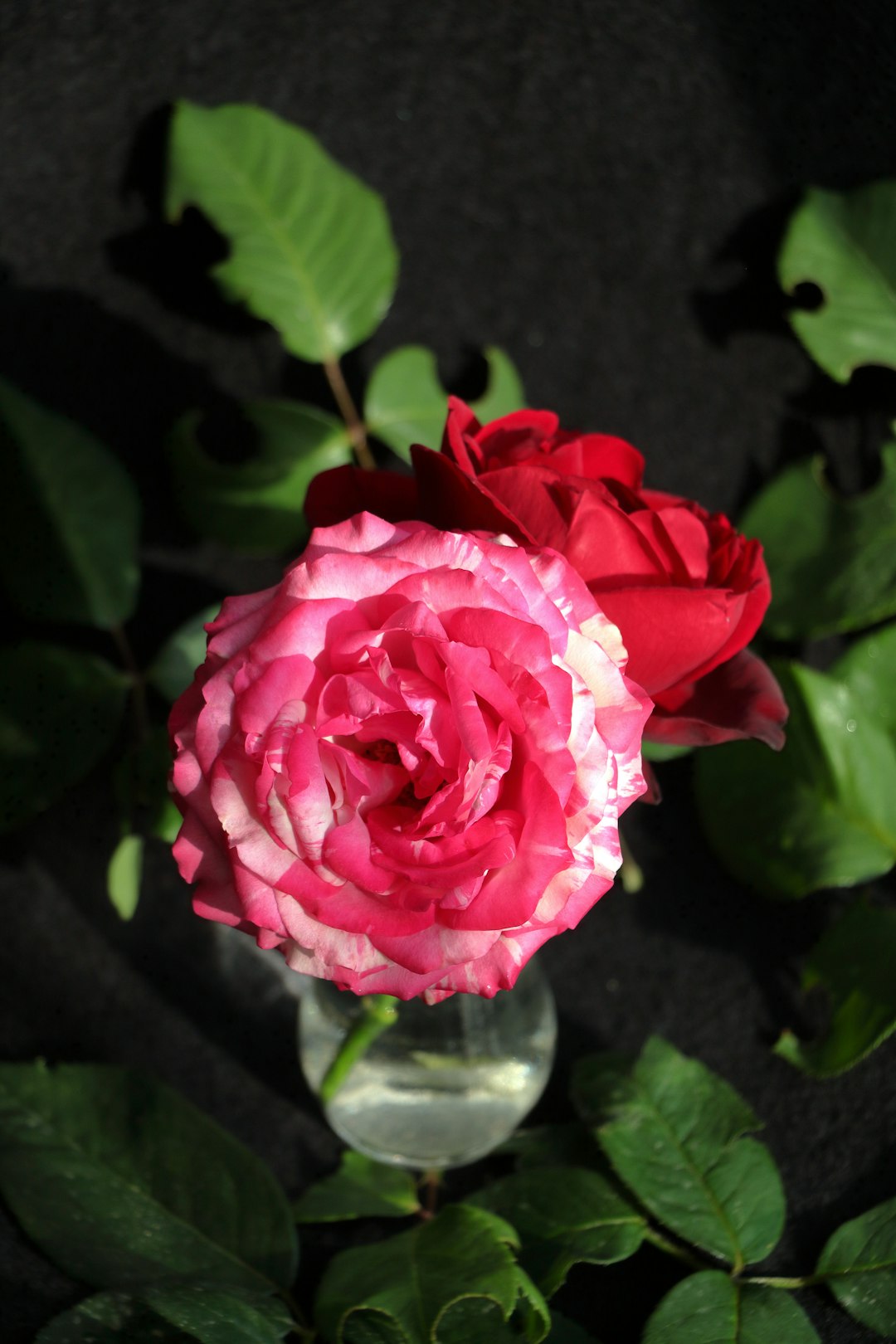Elevate Your Garden with Effortless Iris Beauties

In the world of gardening, few flowers can rival the elegance and charm of irises. These stunning perennials come in a wide array of colors, shapes, and sizes, making them a versatile addition to any flower bed. With their low - maintenance nature, irises are perfect for both novice and experienced gardeners alike. In this article, we will explore three popular types of iris: bearded, Dutch, and native iris species, and discover how they can add a bold splash of color to your garden.
Bearded Iris: The Royalty of the Iris Family
Bearded irises are perhaps the most well - known and beloved type of iris. They are named for the soft, fuzzy “beards” that line the falls (the lower petals) of their flowers. These beards not only add a unique texture but also serve as a guide for pollinators. Bearded irises come in a breathtaking range of colors, from vivid purples and blues to delicate pinks, yellows, and whites.
One of the great advantages of bearded irises is their relatively low maintenance. They prefer well - drained soil and plenty of sunlight. Plant them in a location where they will receive at least six hours of direct sunlight per day. When it comes to soil, a slightly acidic to neutral pH is ideal. Bearded irises are also drought - tolerant once established, making them a great choice for areas with limited water availability.
Planting bearded irises is a straightforward process. Dig a shallow hole, spread the roots out, and cover the rhizome (the thick, fleshy stem) with a thin layer of soil. Make sure the top of the rhizome is exposed to the sun. Water the newly planted iris thoroughly, and then water sparingly until new growth appears.
Dutch Iris: Graceful and Colorful
Dutch irises are another popular choice for gardeners. They are known for their tall, slender stems and large, showy flowers. Dutch irises typically bloom in late spring to early summer, adding a burst of color to the garden when many other flowers are just starting to fade.
These irises come in a variety of colors, including blue, purple, yellow, and white. Their flowers have a distinct shape, with three upright petals (standards) and three drooping petals (falls). The contrast between the standards and falls creates a visually striking effect.
Dutch irises are easy to grow. They prefer full sun and well - drained soil. Plant the bulbs in the fall, about 4 - 6 inches deep and 3 - 4 inches apart. Water the bulbs after planting, and then let nature take its course. Dutch irises are relatively pest - and disease - resistant, making them a hassle - free addition to your garden.
Native Iris Species: A Touch of the Wild
Native iris species are a wonderful way to add a touch of the local ecosystem to your garden. There are many different native iris species found throughout the world, each with its own unique characteristics and requirements.
For example, the Louisiana iris is native to the southeastern United States. It thrives in moist, acidic soil and partial shade. Louisiana irises come in a wide range of colors, including red, pink, purple, and blue. They are also known for their large, fragrant flowers.
The Pacific coast iris is native to the western United States. It prefers well - drained soil and full sun to partial shade. Pacific coast irises have smaller flowers compared to bearded and Dutch irises, but they make up for it with their delicate beauty and wide range of colors.
When planting native iris species, it is important to choose species that are native to your area. This will ensure that the plants are well - adapted to the local climate and soil conditions. Native irises are also beneficial for local wildlife, as they provide food and habitat for pollinators and other insects.
Designing with Irises
Now that you know about the different types of irises, it's time to think about how to incorporate them into your garden design. Irises can be planted in beds, borders, or containers. They look great when planted in groups of the same color or in a mix of different colors.
Pair irises with other perennials that have similar growing requirements, such as daylilies, peonies, and salvias. The combination of different textures and colors will create a visually appealing and dynamic garden. You can also use irises to create a focal point in your garden, such as planting a large group of bearded irises in the center of a flower bed.
In conclusion, irises are a wonderful addition to any garden. Whether you choose bearded, Dutch, or native iris species, these low - maintenance perennials will add a bold splash of color and elegance to your flower beds. So, go ahead and plant some irises in your garden this season, and enjoy their beauty for years to come.